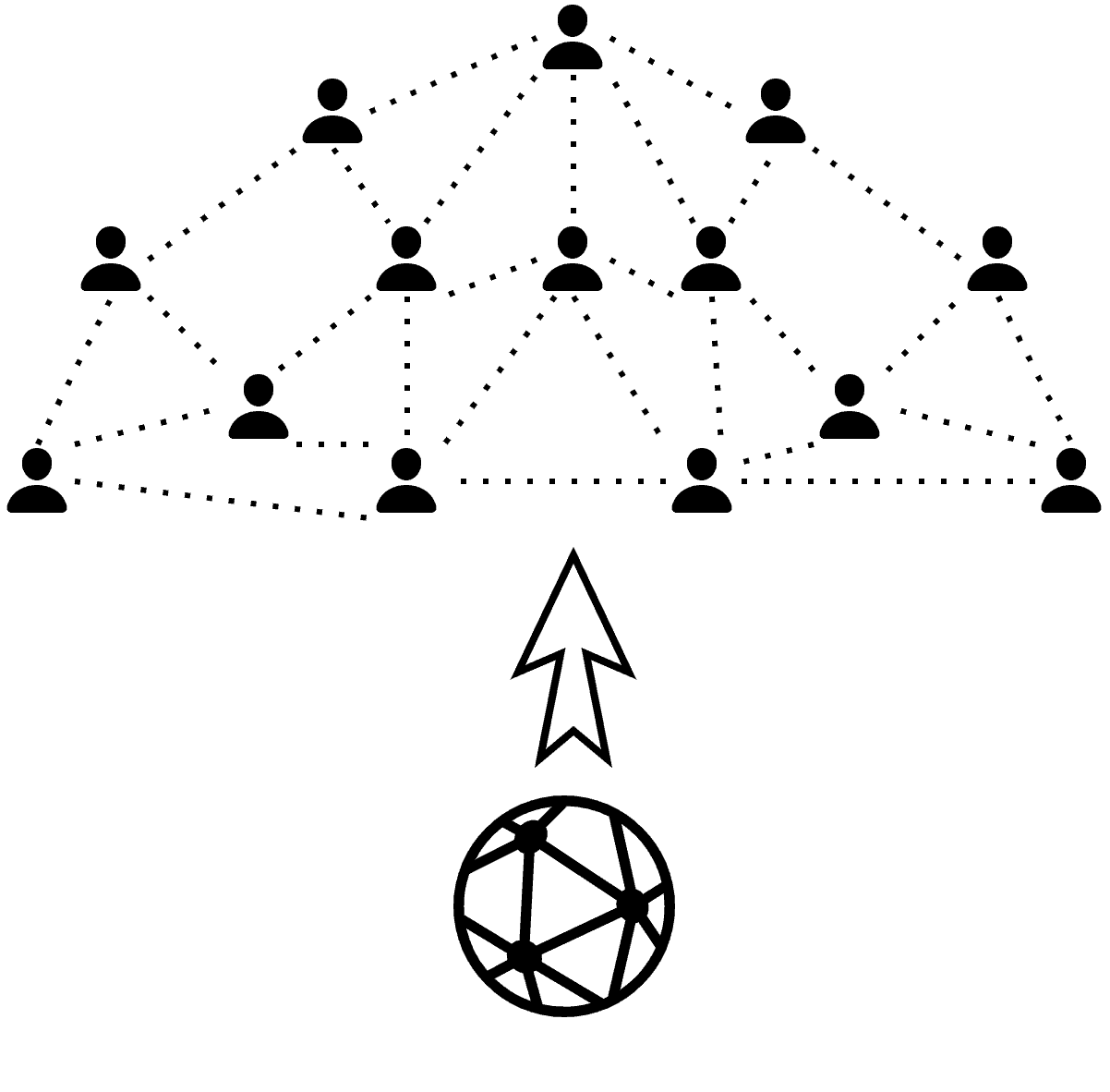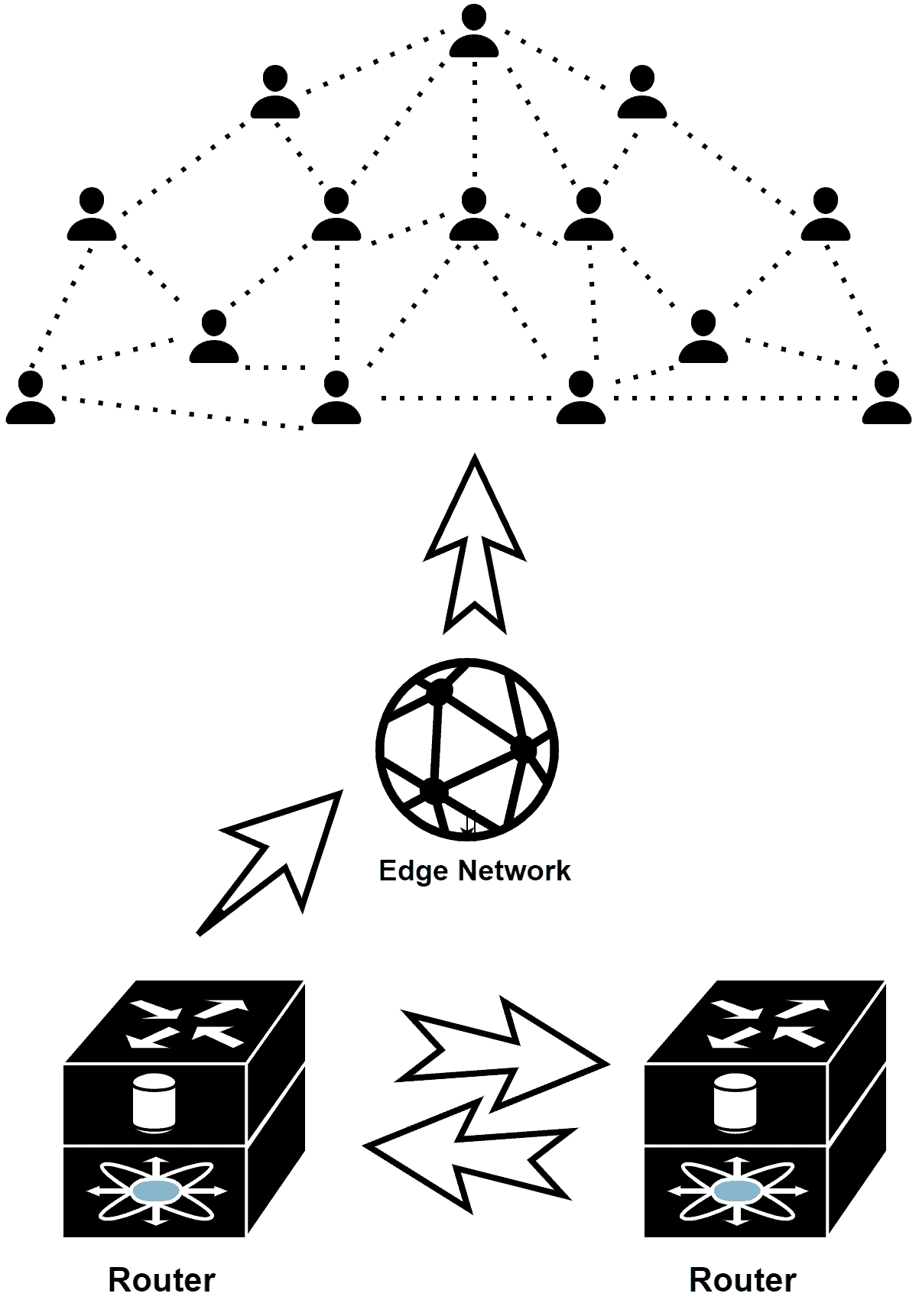Learn through the super-clean Baeldung Pro experience:
>> Membership and Baeldung Pro.
No ads, dark-mode and 6 months free of IntelliJ Idea Ultimate to start with.
Last updated: March 26, 2025
In this tutorial, we’ll explore two design paradigms in networking: edge and core networks.
We’ll also discuss the core differences between them.
There’re many different ways to design a network. While designing a network, it’s essential to consider several factors. First, we need to follow the best practice to optimize the network in such a way as to avoid any bottlenecks and provide the best performance.
Additionally, we need to decide where to place the access switches in the network, which plays a vital role. Furthermore, we must choose devices carefully for use in first-hop routers. We also need to pick devices to place them at the edge of the network. Each of these decisions has an impact on the performance of the network.
There’re two popular design paradigms in networking: edge and core networks. Edge networks go through fewer hops before reaching a destination compared to core networks. On the other hand, the core network contains more hops that connect its adjacent networks.
Now, let’s explore the details of edge and core networks, along with examples.
An edge network contains fewer hops to its adjacent network than a core network. In other words, the edge network has few or no layer 3 devices. According to the OSI model, layer 3 represents the network layer. Hence, the devices used in the network layer are known as layer 3 devices. Example of level 3 devices includes routers and switches.
Additionally, we place the edge network close to the end users. A typical example of an edge network would be a data center network. Another example of an edge network is a branch office network that connects to the core network via IP routing protocols such as Virtual Router Redundancy Protocol (VRRP) and policy-based routing (PBR). Typically, we deploy an edge network in an enterprise network connected to internet-facing devices:

An edge network is ideal for connecting devices near the end users, such as a branch office or remote site. An edge network is also used when a user connects to the internet through a single provider. On the other hand, we can utilize an edge network when the network has enough bandwidth and latency is not a major concern.
It reduces the number of hops in the network. Additionally, using an edge network, we can improve network performance and device utilization. It can also reduce the costs associated with the devices since the number of devices is reduced.
The edge network can be combined with the core network design based on the requirement. For example, we can use an edge network design in an access-layer switch and a core network design in an aggregation-layer switch.
A core network contains more hops to its adjacent network than an edge network. In other words, the core network has more layer 2 and 3 devices and is the center of the enterprise network. It’s also known as the backbone network. Furthermore, we design core networks to transfer network traffic at high speeds. A core network uses both wide-area networks (WAN) and local area networks (LAN).
A typical example of a core network would be a central office network connecting to the edges via Multiprotocol Label Switching (MPLS) such as Open Shortest Path First (OSPF) and Border Gateway Protocol (BGP). Additionally, it also uses internet-based technologies such as WAN LTE or virtual private network(VPN). Typically, a core network connects devices further away from the edge network.
On the other hand, an edge network connects devices closer to the end users. A core network generally has a larger number of layer 2 and 3 devices:

A core network is better suited to connect devices away from the end users, such as a central office or data center. Additionally, a core network is also used when we need more than one Internet service provider.
Now, let’s talk about the core differences between edge and core networks:
| Core Network | Edge Network |
|---|---|
| Has more hops to the adjacent networks compared to edge networks | Has fewer hops to their adjacent networks |
| Contains level 2 and level 3 devices | Has few or no layer 3 devices |
| Contains a large number of core layer devices, such as high-end routers and switches with redundant links | Contains a large number of edge layer devices, such as routing switches, firewalls, multiplexers |
| Access switches are placed in the core of the network | Access switches are placed near the network edge |
| The first hop router is more likely to be an MPLS routing protocol such as OSPF, BGP | The first hop router is typically an IP routing protocol such as PBR, VRRP |
In this article, we discussed two networking design structures: edge and core networks. We also presented the core differences between them.